The Anatomy of Density
A Webinar Series
RSVP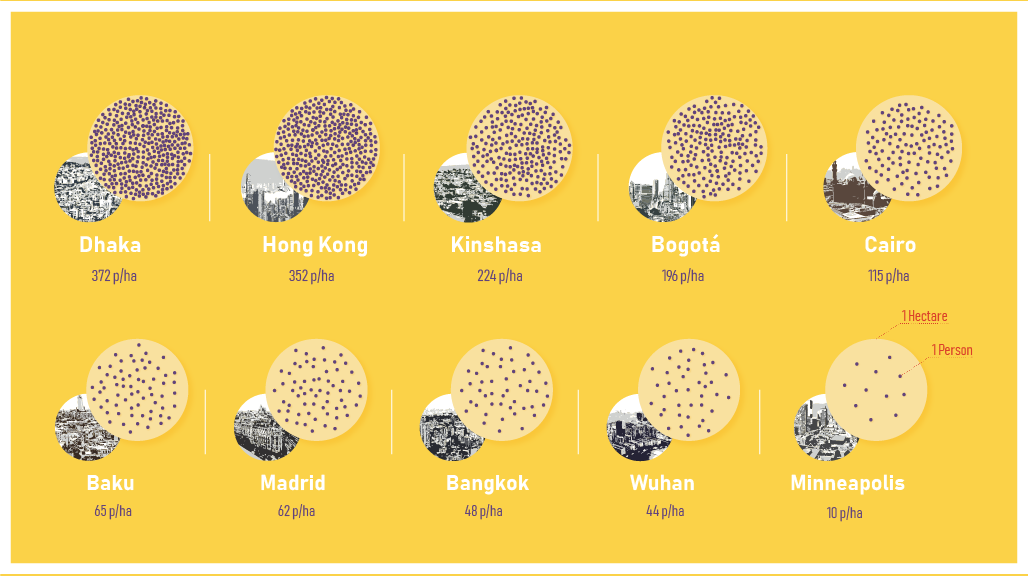
Join the NYU Marron Urban Expansion Program in a series of four webinars to explore the increased importance of urban density and its attributes in cities the world over.
More than ever, urban density is at the fore of discussions of mitigating climate change, managing pandemics, promoting housing affordability and economic development, and protecting the countryside from further encroachment. There are calls for making cities denser, to increase the use of public transit, biking, and walking, and for containing urban expansion to force the densification of existing urban footprints. Yet densities have continued to fall over the past three decades, and densification advocates have little to show for their efforts. It is now urgent to understand how to turn the tide and advance a pragmatic densification agenda for cities the world over. This webinar series provides a new and deeper understanding of urban density and its critical role in shaping the destinies of cities in the decades to come. The series includes:
- Anatomy of Density
- Densification vs. Expansion
- Densification Case Studies
- Densification Strategy for NYC’s Next Mayor

Session 1: Anatomy of Density
Urban density—the ratio of a city’s population to its area—is readily measurable. It tells us how much land the city occupies, how long and by what mode commuters have to travel, and how long infrastructure lines have to be, and, as such, it is often a focus of policy. But urban density hides more than it reveals. High density can come about from overcrowding, for example, while low density can come about from too little land in residential use. In this webinar, we present a novel methodology for factoring urban density into components that, taken together, reveal its anatomy, followed by a panel discussion on why density is higher in some cities and lower in others and how we can approach making changes in density in an integrated, comprehensive manner.
About This Event
In this first webinar, we present our novel methodology for factoring urban density into components that, taken together, reveal its anatomy. This will be followed by a panel discussion on how density should be measured, why it is higher in some cities and lower in others, and how we can approach densification in cities in a more evidence-based manner. The audience may participate in the discussion at the end.
Speakers
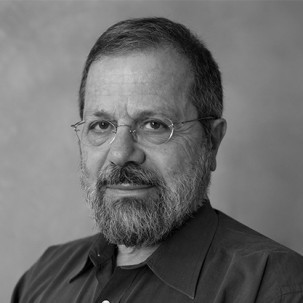
Professor of City Planning / NYU Marron Institute
Shlomo (Solly) Angel is a Professor of City Planning at the Marron Institute where he leads the NYU Urban Expansion Program. He is an international expert on housing and urban development policy, having written extensively on the subject, advised the United Nations, the World Bank, and the Inter-American Development Bank (IDB), and implemented projects on the ground. He currently focuses on documenting urban expansion and densification in a global sample of cities, as well as on advising rapidly growing cities on how to prepare adequate room for their inevitable expansion while making adequate room for the densification of their existing footprints as well.
In 1973, Angel started a program in Human Settlements Planning and Development at the Asian Institute of Technology in Bangkok. He taught at the Institute from 1973 to 1983, while researching housing and urban development in the cities of East, South, and Southeast Asia. He co-edited Land for Housing the Poor in 1982. From the mid-80s to mid-90s, he worked as a housing and urban development consultant to UN-Habitat, the Asian Development Bank, and the Government of Thailand. In 2000, he published Housing Policy Matters, a comparative study of housing conditions and policies in more than fifty countries around the world. From 2000 to 2010 he prepared housing sector assessments of 11 Latin America and Caribbean countries for the IDB and the World Bank. Since 2005, he has been documenting global urban expansion, resulting in the publication of The Dynamics of Global Urban Expansion in 2005, the Atlas of Urban Expansion in 2012 and 2016, and Planet of Citiesin 2012.
Angel earned a bachelor’s degree in architecture and a doctorate in city and regional planning at the University of California, Berkeley.
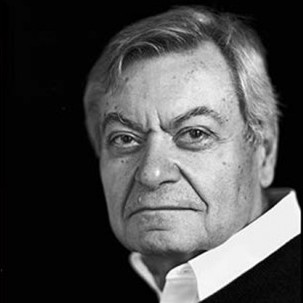
Alain Bertaud is a Fellow at the Marron Institute. He is the author of a book about markets and the practice of urban planning titled “Order Without Design: How Markets Shape Cities” published by MIT Press in December 2018. Bertaud previously held the position of principal urban planner at the World Bank. After retiring from the Bank in 1999, he worked as an independent consultant. Prior to joining the World Bank he worked as a resident urban planner in a number of cities around the world: Bangkok, San Salvador (El Salvador), Port au Prince (Haiti), Sana’a (Yemen), New York, Paris, Tlemcen (Algeria), and Chandigarh (India).
Bertaud’s research, conducted in collaboration with GIS-expert Marie-Agnès Bertaud, aims to bridge the gap between operational urban planning and urban economics. Their work focuses primarily on the interaction between urban forms, real estate markets and regulations. Bertaud earned the Architecte DPLG diploma from the Ecole Nationale Supérieure des Beaux-Arts in Paris.
Bertaud has been recently interviewed about his book in podcasts by Russ Roberts and Tyler Cowen
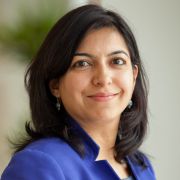
Anjali Mahendra is Director of Global Research at WRI Ross Center for Sustainable Cities.
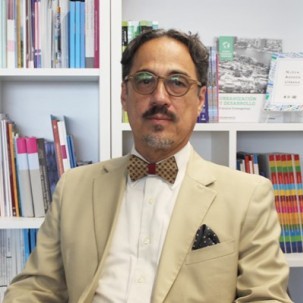
Head of Knowledge and Innovation / UN-Habitat
Eduardo Moreno is Director of Habitat Office Mexico and Cuba and Head of Knowledge and Innovation at UN-Habitat.
Please fill out the information below to receive our e-newsletter(s).
*Indicates required.
